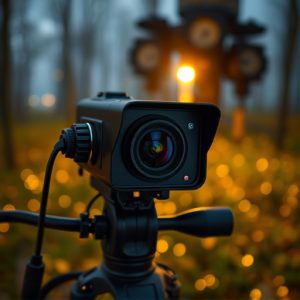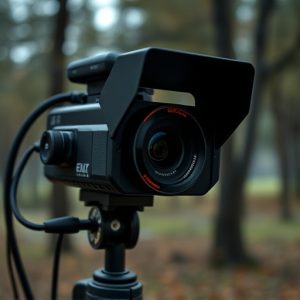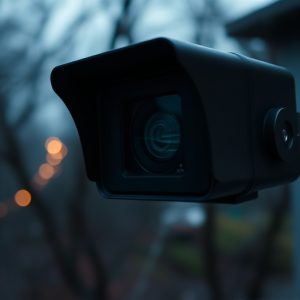Unveiling Hidden Cameras: Detection Tips for Tiny Monitoring Devices at Home
Tiny cameras for home monitoring have revolutionized residential security with their advanced, discr…….
Tiny cameras for home monitoring have revolutionized residential security with their advanced, discreet surveillance capabilities. These compact devices offer high-resolution sensors, infrared lighting, and motion detection, allowing remote access via smartphone apps and cloud storage for continuous footage. To detect hidden signals, familiarize yourself with common frequencies (RF, IR) and use specialized signal detectors; look for unusual EMI, flickering lights, or temperature changes. Stay proactive by conducting regular inspections, enhancing security with motion sensors and decoy cameras, updating your system, and remaining vigilant against suspicious activities to protect your home from covert monitoring using tiny cameras.
Uncover the insidious world of hidden monitoring devices with our comprehensive guide. In today’s digital age, tiny cameras for home monitoring are more accessible than ever, raising concerns about privacy. This article equips you with essential tips to detect signals from these clandestine observers. From understanding advanced camera technology to strategic countermeasures, learn how to navigate the complex landscape of discreet surveillance and reclaim your peace of mind in the comfort of your own home.
- Understanding Tiny Camera Technology for Home Monitoring
- Strategies to Detect Hidden Monitoring Device Signals
- Preventing and Countering Discreet Surveillance Measures at Home
Understanding Tiny Camera Technology for Home Monitoring
Tiny cameras for home monitoring have revolutionized home security, offering discreet and effective surveillance solutions. These miniature devices pack advanced technology into compact forms, making them nearly invisible yet highly capable. Understanding how they function is key to leveraging their benefits fully.
Modern tiny cameras often employ high-resolution sensors, infrared lighting, and motion detection capabilities, allowing them to capture sharp images even in low-light conditions. Many models can be remotely accessed via smartphone apps, enabling users to monitor their homes from anywhere at any time. Additionally, cloud storage options ensure continuous recording and easy retrieval of footage, enhancing peace of mind for homeowners.
Strategies to Detect Hidden Monitoring Device Signals
Detecting hidden monitoring device signals requires a blend of technological know-how and keen observation. Start by understanding that tiny cameras for home monitoring, while often undetectable to the naked eye, emit subtle electronic signals. Ground your search in familiarizing yourself with common frequencies these devices operate on—whether radio frequency (RF) or infrared (IR). Using specialized signal detectors designed to pick up such emissions can be a game-changer.
Investigate any unusual electromagnetic interference (EMI) in your surroundings. This could manifest as erratic behavior in electronic appliances or unexplained signals on your receiver. Additionally, check for visual cues like flickering lights or peculiar temperature changes near suspected areas. Advanced users might also employ software-defined radio (SDR) tools to scan for hidden camera signals, making it an effective method in identifying these often covert devices.
Preventing and Countering Discreet Surveillance Measures at Home
Surveillance technology has advanced significantly, with tiny cameras becoming increasingly sophisticated and harder to detect. To protect your home from discreet surveillance measures, it’s crucial to stay one step ahead. Start by conducting a thorough inspection of all potential hiding spots, including corners, cracks, and devices like smoke detectors or light switches that might be housing hidden cameras. Look for any unusual markings or protruding parts that could indicate an internal camera component.
Consider enhancing your home security with measures that deter potential intruders from even attempting such stealthy surveillance. Installing motion-activated alarms, securing windows and doors tightly, and utilizing decoy cameras can all help to make your home less attractive for hiding tiny cameras. Regularly updating your home security system and keeping an eye on any unusual activity in or around your property are also essential precautions to take against discreet surveillance.
Tiny cameras for home monitoring have evolved, becoming more discreet and advanced. By understanding the technology and employing strategies like detecting hidden device signals through wireless network analysis or power consumption patterns, you can stay informed and protect your privacy. Additionally, proactive measures to prevent and counter discreet surveillance ensure a safer living environment. Stay vigilant, keep learning, and adapt your security practices to match the evolving landscape of home monitoring devices.


